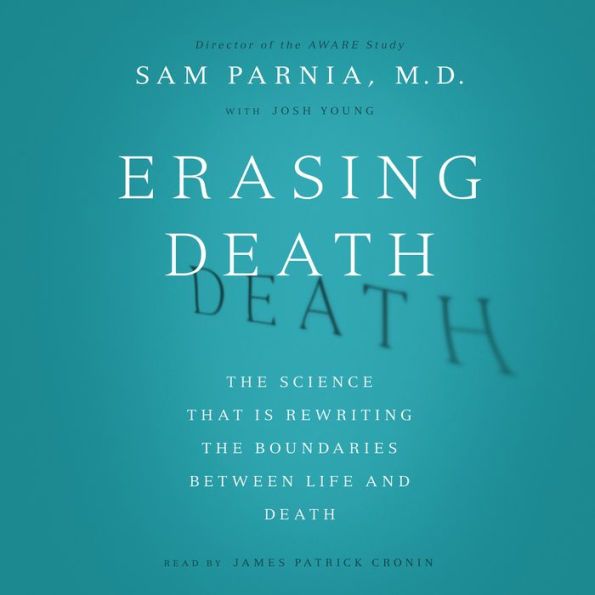A fascinating discussion that addresses medical, moral and social issues and their implications for understanding consciousness, self-awareness and the soul.” — —Kirkus
“What happens when we die, and what lies beyond death’s door, are among human-kind’s most enduring questions. Erasing Death offers groundbreaking new insights into these vital questions. You won’t want to miss out on this outstanding and highly recommended book.” — —Jeffrey Long, M.D., author of the New York Times bestselling Evidence of the Afterlife
“Parnia convincingly argues that death is a dynamic biological process that only begins once the heart stops beating. Modern medicine and technology have now made it feasible for consciousness to persist in the dying brain—and come back to life.” — —Stephan A. Mayer, M.D., professor of neurology and neurological surgery at Columbia University College of Physicians and Surgeons
“Based on his studies on ‘near-death experiences’ (or even better ‘actual-death experiences’), Parnia gives convincing arguments that there is a continuation of consciousness after physical death and that we have to reconsider our current definition of death. An important and highly recommended book.” — —Pim van Lommel, cardiologist, NDE researcher, and author of Consciousness Beyond Life
“A fascinating and informative book, written by this cutting-edge researcher on the forefront of resuscitation. Erasing Death may change the way we practice medicine.” — —Tom P. Auferheide, M.D., FACEP, FACC, FAHA, professor of emergency medicine at the Medical College of Wisconsin
“Erasing Death is a solidly researched and carefully presented story that will astound readers and make them rethink what we believe about the border between life and death.” — -Bruce Greyson, M.D., Carlson Professor of Psychiatry and Neurobehavioral Sciences at the University of Viginia Health System
“Parnia has captured the miracle of life… The public should learn from these compelling stories.” — —Robert E. O'Connor, M.D., MPH,professor and chair of the Department of Emergency Medicine at the University of Virginia School of Medicine
“Parnia has the extraordinary ability to communicate these complex concepts in a way that readers will understand. The result is a piece of work that is both stimulating and highly informative.” — —Jerry Nolan, M.D., consultant in anesthesia and intensive care medicine at the Royal United Hospital, Bath, UK, and editor-in-chief of Resuscitation
“Parnia demonstrates that consciousness can persist after the disappearance of any outward sign of brain activity... His story gives hope for future improvements.” — —Graham Nichol, M.D., MPH, FRCP(C),director of the University of Washington–Harborview Center for Prehospital Emergency Care in Seattle, Washington
“[Parnia] helps bring people back from the dead—and some return with stories. Their tales could help save lives, and even challenge traditional scientific ideas about the nature of consciousness.” — Wired



